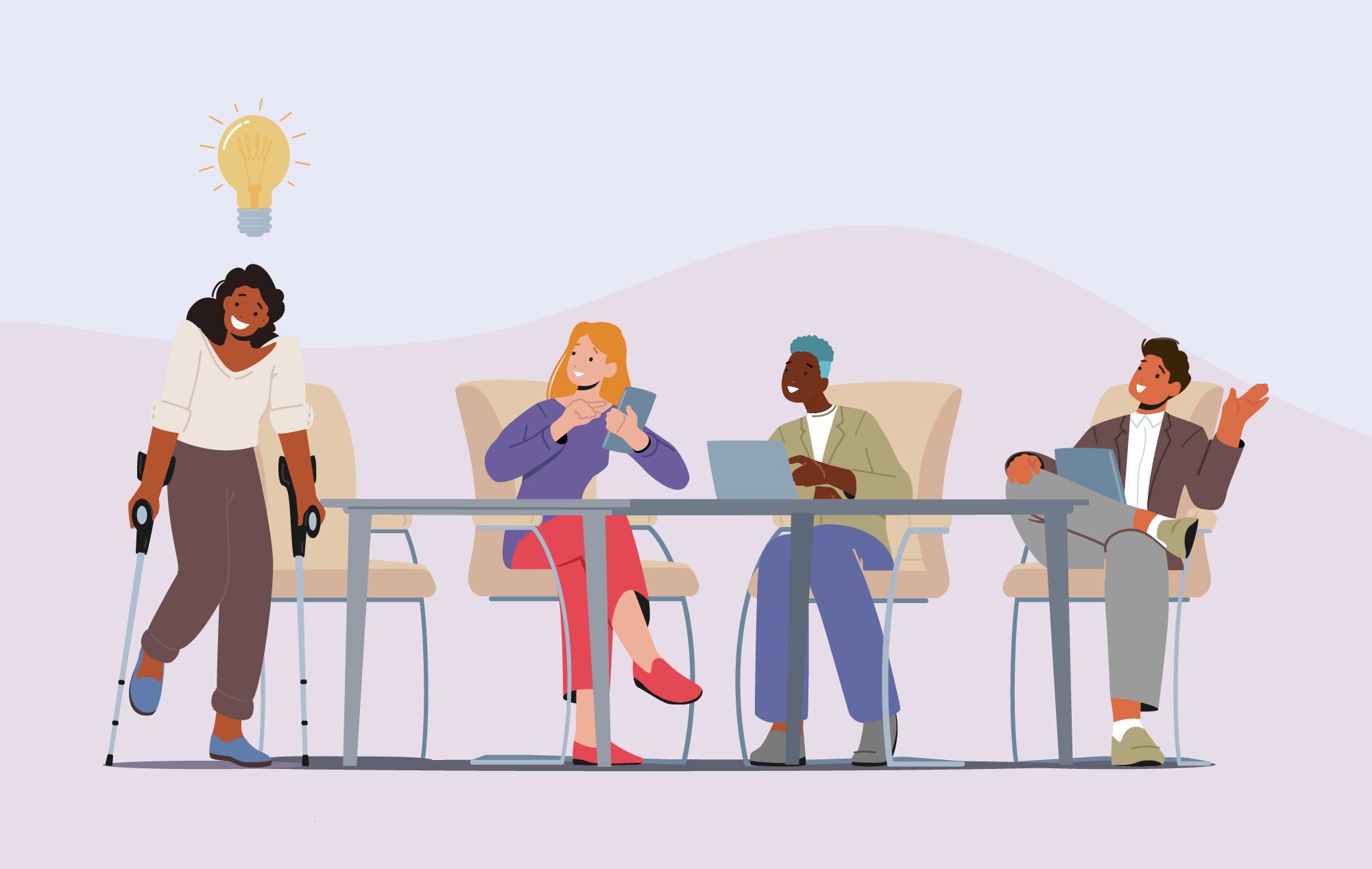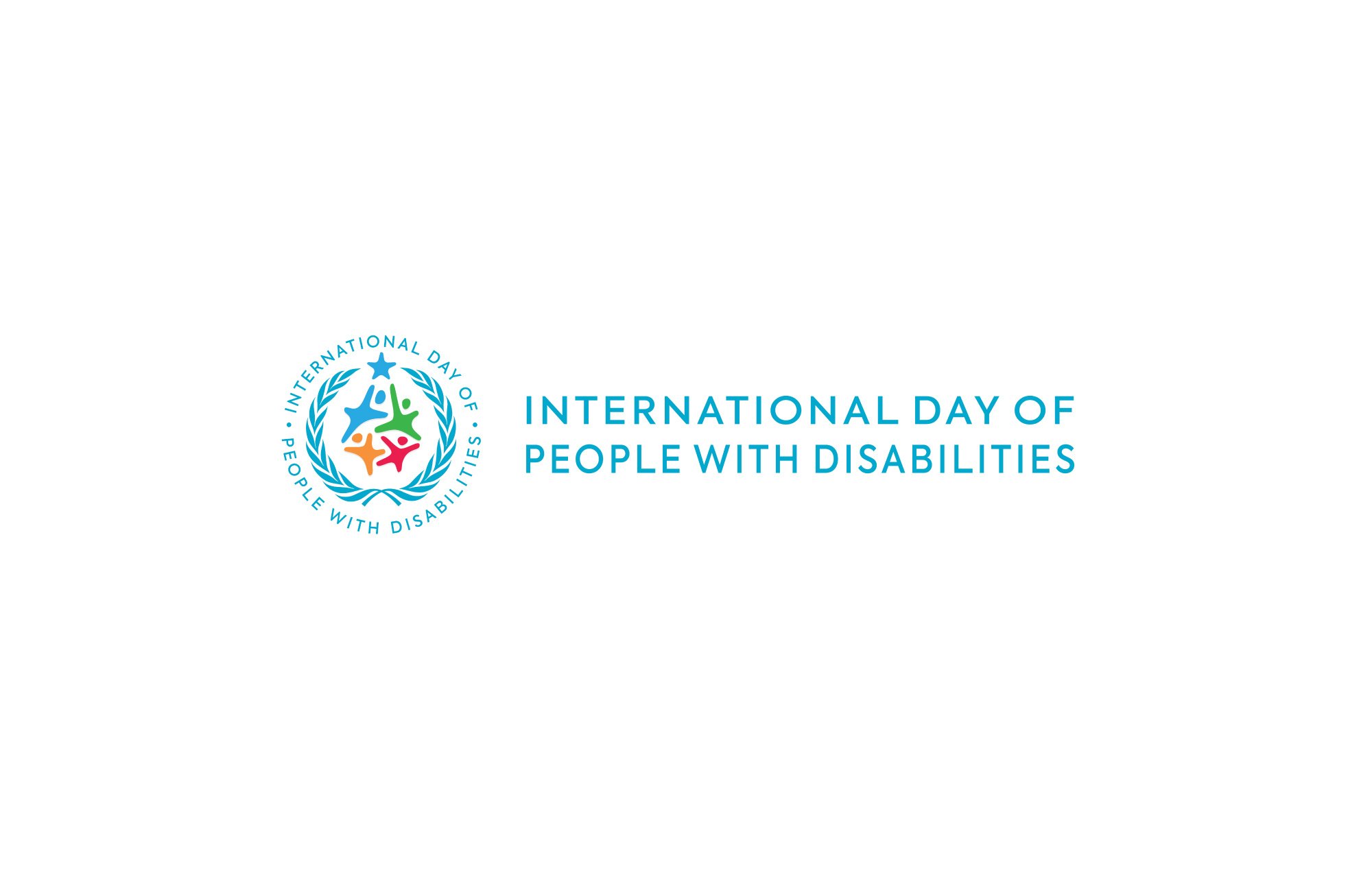The symptoms of learning disabilities can make day-to-day life more difficult. However, additional hurdles exacerbate challenges, creating barriers to full inclusion. Giving individuals with learning disabilities the same access and opportunities as everyone else can enhance their lives and benefit businesses.
General Barriers to Inclusion for Individuals With Learning Disabilities
Attitudes, Stigmas, & Stereotypes
Unfortunately, the preconceptions of others can be major obstacles for individuals with learning disabilities. While 5 to 9 percent of the population are thought to have some form of learning disability, those who openly acknowledge their conditions or display symptoms often face judgment. This may help explain why just 1 in 4 college students tell their universities their diagnoses and only 1 in 20 young adults request workplace accommodations for learning disabilities.
“There are so many people in this world who strongly believe that anyone with a learning disability is lazy and dumb,” says learning disability social media influencer Jacquelyn Taylor.
Not only that, but research suggests that individuals with learning disabilities may face other biases. One study found that participants viewed individuals labeled as learning disabled as less successful, less emotionally stable, and even less attractive. Additionally, 18 percent of parents believe that children with learning disabilities are less intelligent.
These harmful assumptions can undermine the confidence of individuals with learning disabilities and increase their anxiety levels. The fear of judgment also causes many individuals to keep their diagnoses private, thereby missing out on the support that could help them truly excel.
Rigidity
Individuals with learning disabilities process information differently, so they may benefit from distinct tools and strategies. Schools and workplaces with rigid structures and processes may hamper the ability of those with learning disabilities to make the necessary adjustments to do their best work. Students with learning disabilities may benefit from extra time on tests, regular breaks, alternative presentation and response options, and other accommodations. In the workforce, learning disabled employees often thrive with alternate instruction options (oral or written depending on their needs), organized workspaces, minimal interruptions, and supportive technology. Maintaining the flexibility to adjust to different work styles can help everyone do their best with less stress.
Barriers to Digital Inclusion for the Learning Disability Community
Interface Changes
Every time your website interface changes, regular users will have to relearn it. Since individuals with learning disabilities frequently have to put more time and effort into understanding how your website works, frequent interface changes are likely to affect them more than other users.
Text-Heavy Content
Large blocks of text can be especially challenging for individuals with dyslexia and other learning disabilities.
“Oftentimes websites have so much information that they cram together on the page,” says Taylor. “This is not accessible for people with learning disabilities since it’s hard for us to pick out the important information and we get lost easily when reading.”
Because of this, the Web Content Accessibility Guidelines (WCAG) recommends breaking media into chunks, incorporating white space, and keeping text succinct.
Font & Color Selections
Since those with dyslexia and other learning disabilities frequently face reading difficulties, it’s crucial to limit obstacles that could further impede their abilities. Some research suggests that certain fonts may be easier to understand than others. But beyond that, simply focusing on making the text as clear as possible may be useful.
“The easiest way to make tools more accessible is by using colours with enough contrast,” says Seren Davies, a full stack software engineer and accessibility advocate who is dyslexic. “Use good typography...Pick a font that is simple and easy to read.”
Navigability
Complicated or illogical navigation is an obstacle for all users, but especially those with learning disabilities. Most websites follow certain standard conventions. If a design deviates from these norms, users have to learn it from scratch, creating an unnecessary barrier for those with learning disabilities. Similarly, the website should help users prevent and correct mistakes.
Inflexibility
Users with learning disabilities may use tools to adapt or personalize their experiences. Resources that are incompatible with add-ons, extensions, and APIs may exclude those who rely on these modifications.
Lack of Digital Skills
Students diagnosed with learning disabilities frequently receive extra support to improve reading, writing, mathematics, and other common skills. However, digital skills training is often lacking. This may make it harder for them to develop effective strategies for using digital resources.
Inclusion is critical in both digital and in-person spaces. InclusionHub serves as a reference for digital accessibility issues that affect diverse communities. Read our guide on “Improving Digital Inclusion & Accessibility for Those With Learning Disabilities” to learn more about eliminating barriers that could impact the learning disability community.






Leave a Comment